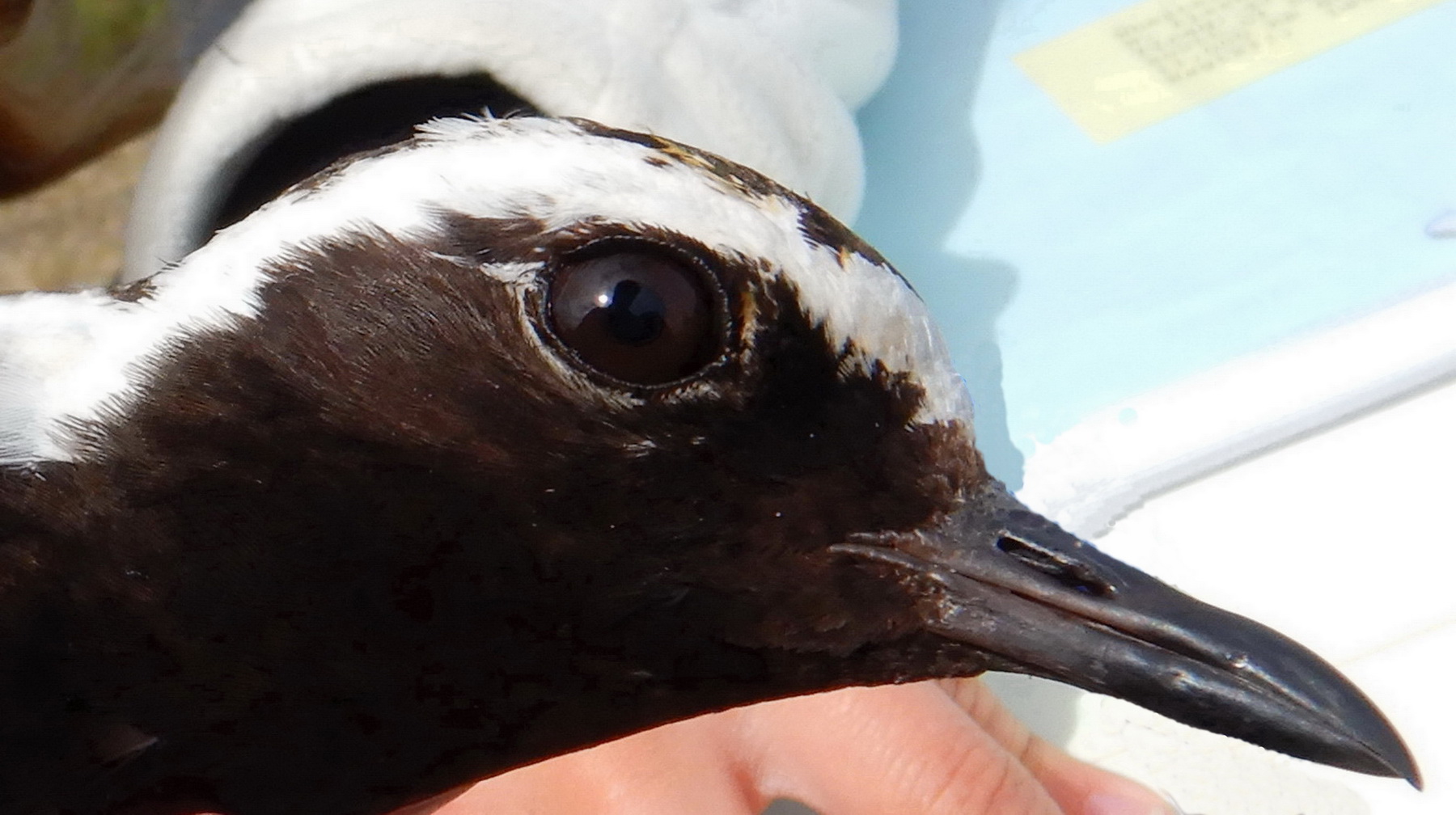
Q: What happened to the map and database on this site?
A: Deleted for now. The map got too crowded (a good thing – so many Kolea!), and names and email addresses in the database needed to be confidential. We’re working on ways to share information with counters.
Q: How often can I count and report Kolea in my area?
A: For Little Counts, report your bird’s arrival, and any change throughout the winter, such as its disappearance, or another bird’s appearance in the same space. Share your bird’s eating, behavior, and/or personality traits in the SHARE tab.
For Big Counts, count and report three times between December 1 and March 31 if possible. If you can count only once or twice, report that. If you can count more than three times, please do. All data enhances knowledge.
Q: How do I sign up for a Big Count?
A: Go to bit.ly/2BFwVXG Use the CONTACT tab to send me your chosen location by its name and/or Site Code. The sites are numbered only to help me find locations in long lists. If your location isn’t listed, let me know, and I’ll add it.
Q: How do I know I’m not counting the same bird twice, or missing some birds?
A: Absolute precision isn’t possible, but you can get pretty close. A territorial Kolea stays in its chosen site throughout the day, and there, the birds become accustomed to the presence of people, traffic, and sometimes even mellow dogs. If an unusual noise, animal, or person startles a Kolea and it flies off, it will return to its territory after the disturbance. Counting an area at least three times helps arrive at a more accurate number. Watch for patterns, and do the best you can.
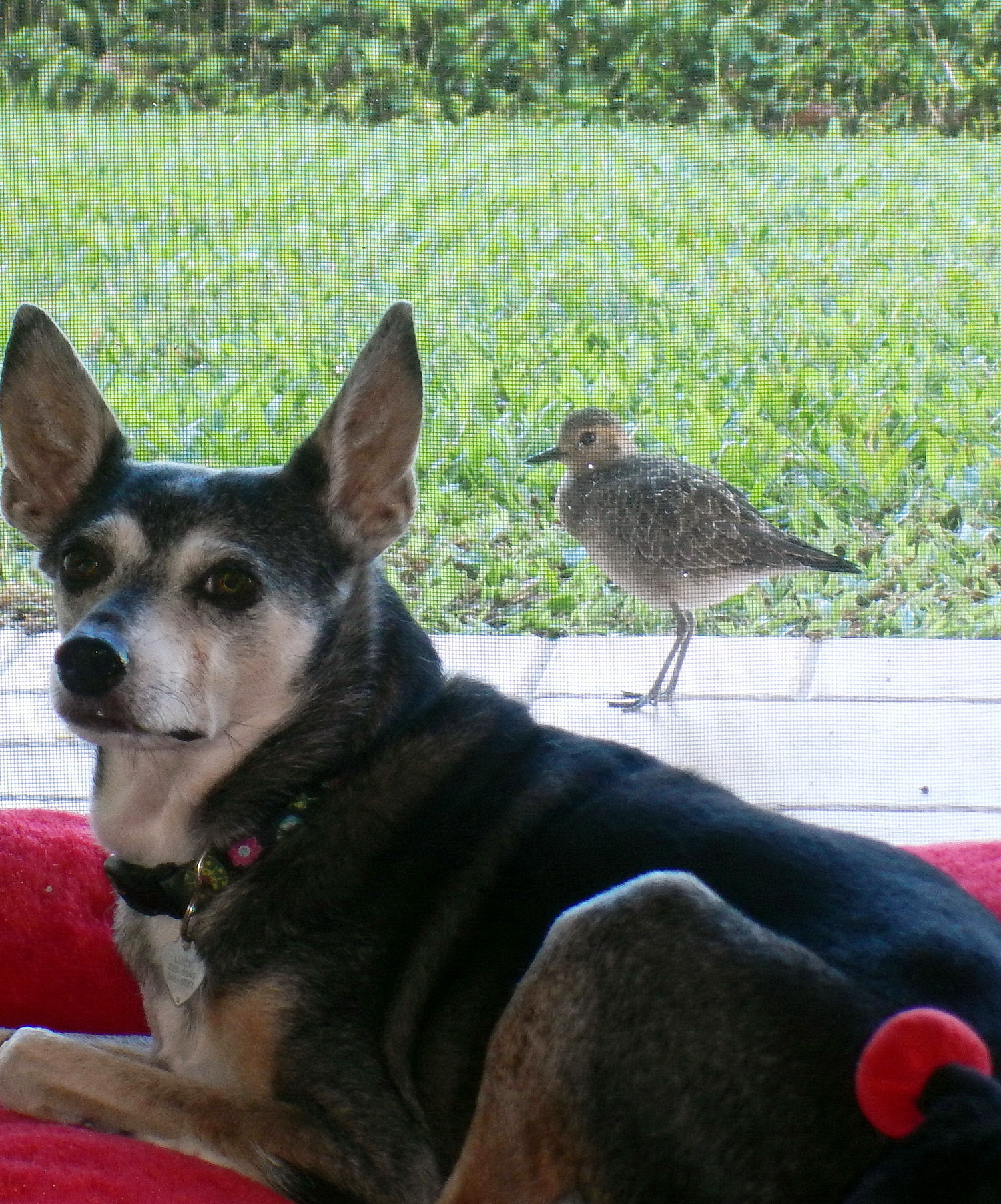
This Kolea, named Gracie, learned that the family dog, Lucy, was no threat. A screen separates the dog and the bird. ©Susan Scott
Q: Do I count single birds in flight?
A: No. Only count Kolea on the ground.
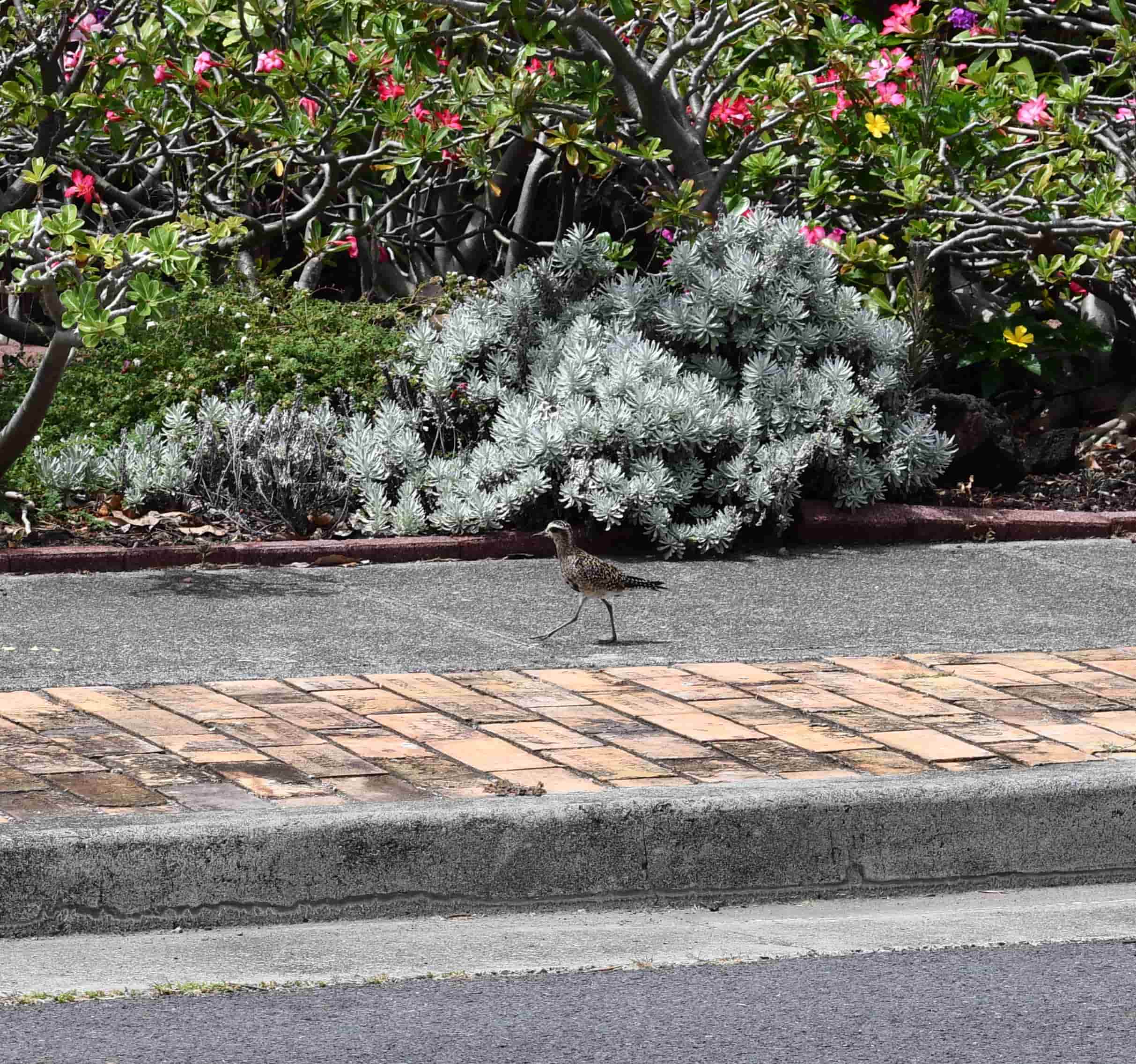
Q: What about Kolea in flocks?
A: Flocks are of two types:
1)Territorial Kolea gathering to roost for the night. At night, the birds sleep together in places safe from predators, such as rooftops and rocky outcrops. Don’t count flocks that are gathering for sleepovers.
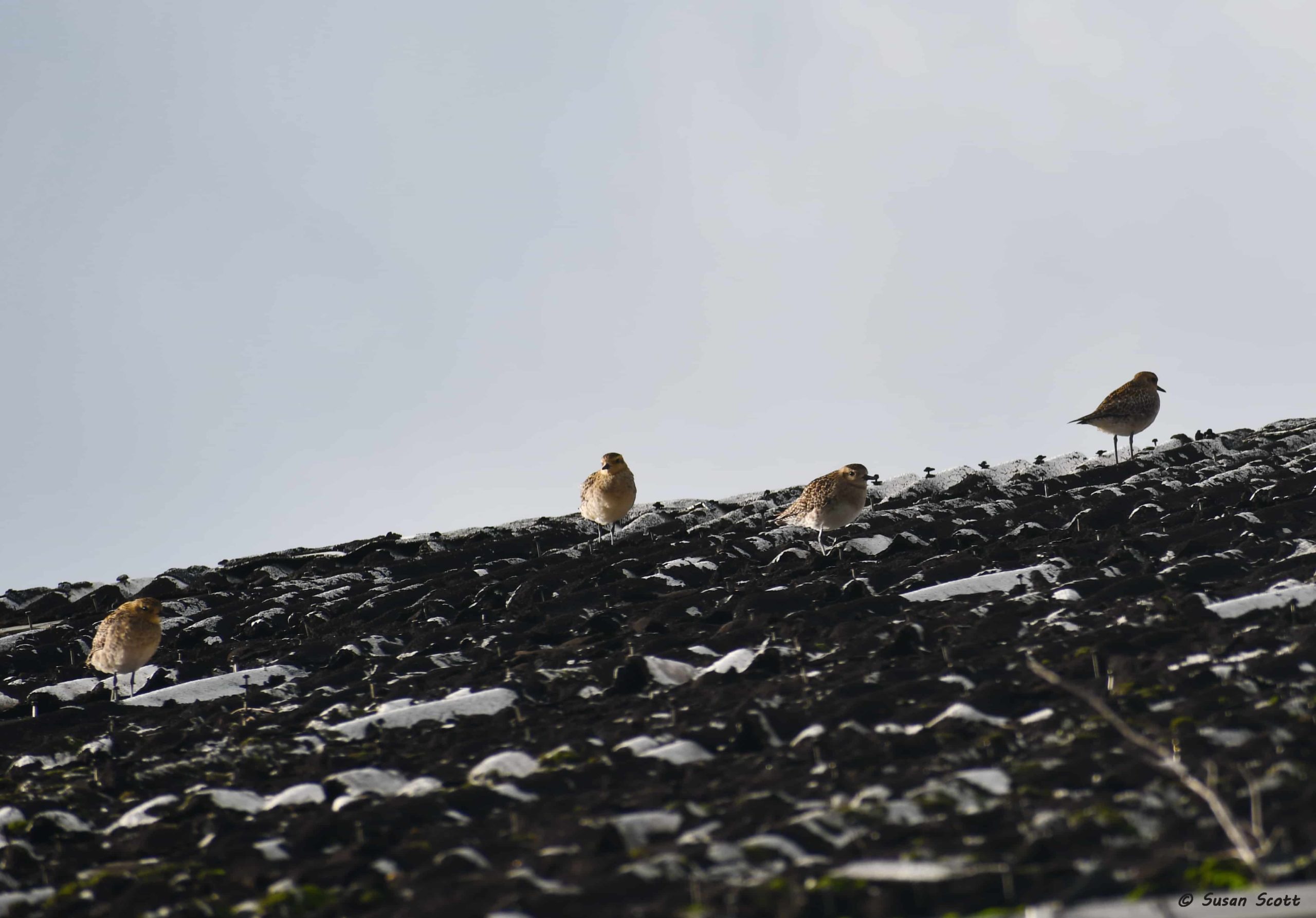
Bedtime for birdies. A dusk gathering of Kolea on a rooftop at Midway Atoll. ©Susan Scott
2) Social Kolea that live in groups. Not all Kolea are loners. Some live a more social existence, sharing foraging space with other Kolea. Count individuals in flocks if they forage in the same area day after day.
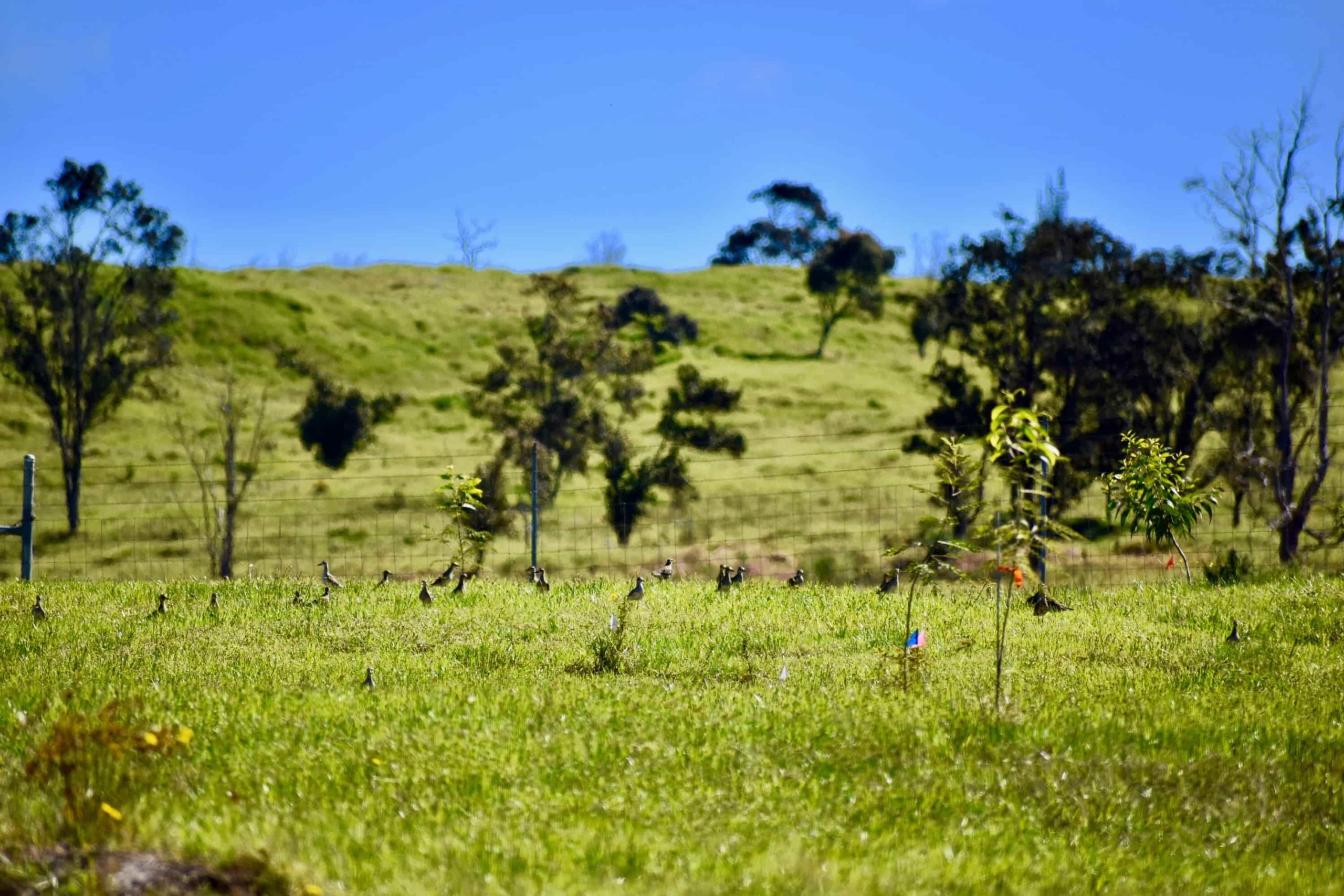
Social Kolea at Hokukanu Ranch, Kealakekua, September 13, 2020. Photo courtesy Jeff McConnel.
Q: How do I tell a male from a female?
A: In the fall, we see remnants of breeding colors, but because molting begins while parents are still sitting on their eggs in Alaska, you can’t reliably determine the sex of returning birds. Please see above tab ABOUT, and scroll down to GENDER for photos. Report gender only in April for Little Counts. It’s not necessary to differentiate males and females in Big Counts.
Q: When is the best time to count large areas, such as golf courses and cemeteries?
A: Mornings or afternoons are both good. The birds leave their overnight roosts each morning, return to their territories, and forage there all day. Kolea that have chosen these areas have become accustomed to the usual lawn mowers, golf carts, and funeral activity.
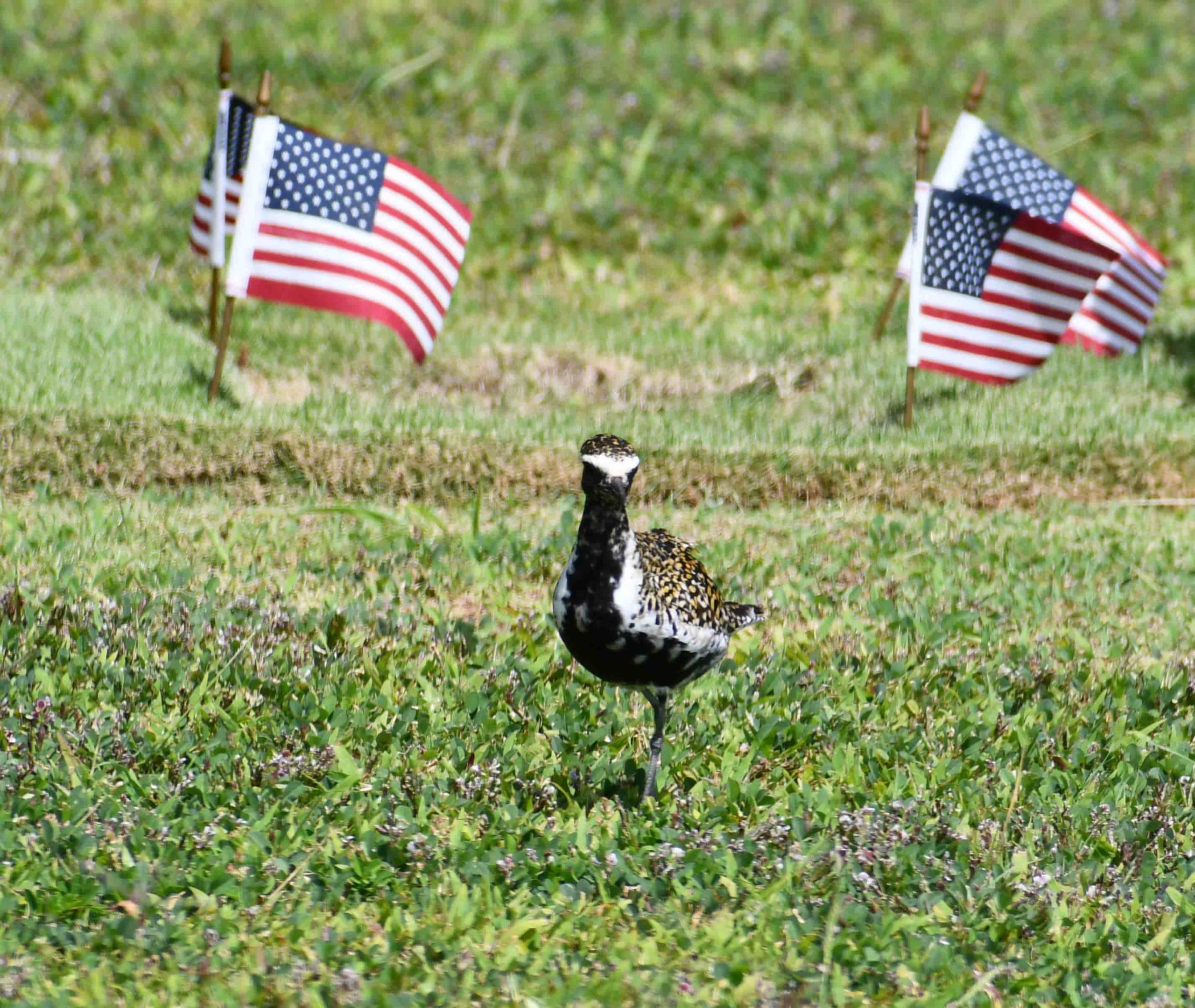
Q: Can I attract a Kolea to my yard?
A: No. A plover chooses it own foraging space. Why one place is more attractive than another is unknown, but the choice is food related. Once a Kolea finds enough insects and worms to sustain it, and the bird can successfully defend the territory, it returns to that place each year for the rest of its life.
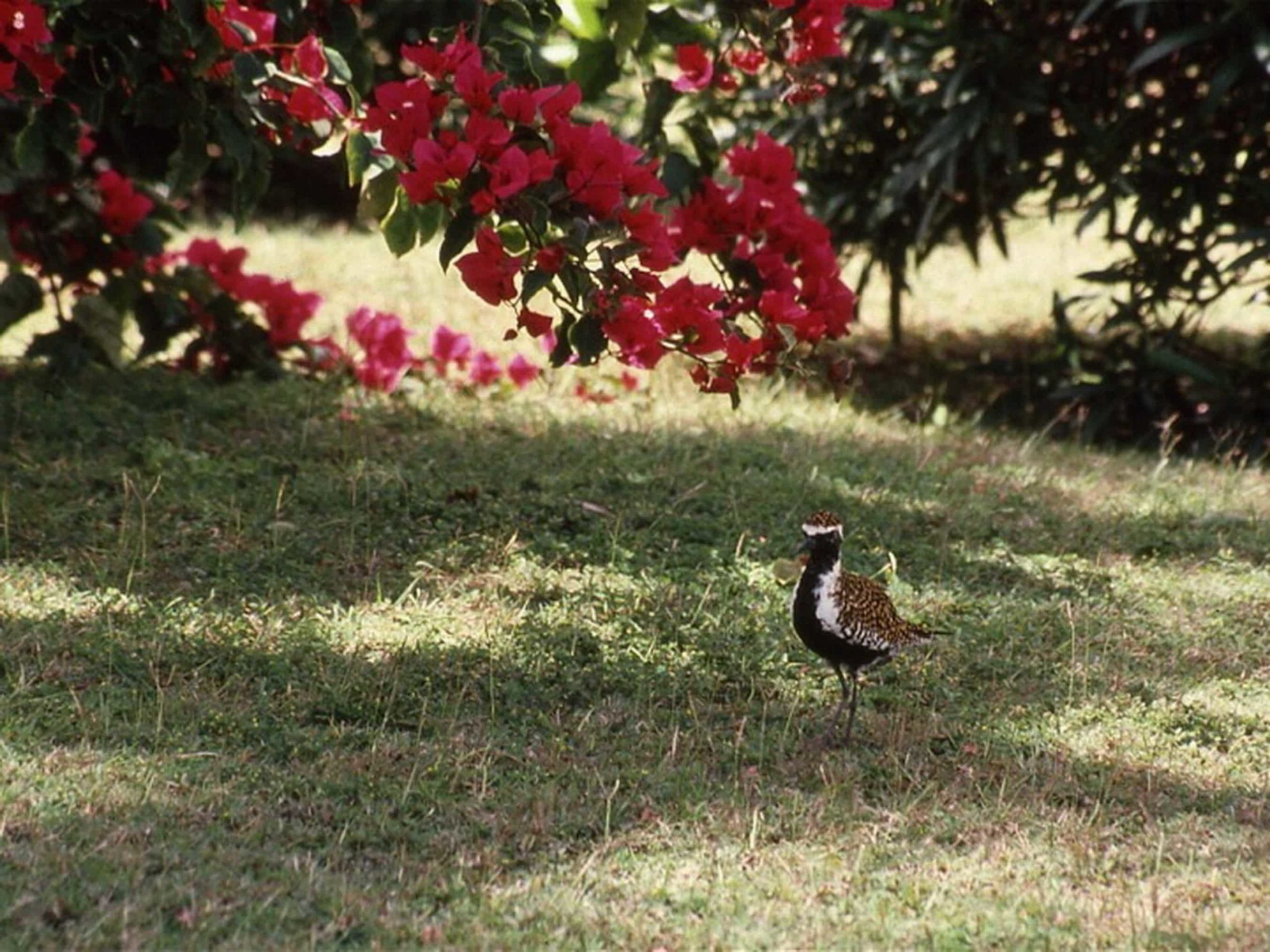
Q: If I decide to feed my Kolea, what should I do?
A: Some Kolea are too shy to ever come close. Others step up readily and wait for an offering. When a bird recognizes the owner of its yard or territory, it may even come when called. A squirt gun helps to gently discourage mynahs or other nonnative species from snatching the offering. Feed your bird live mealworms (inexpensive at pet stores) or bits of scrambled egg.
Feeding does not cause the bird to stop foraging, or to become dependent on humans. In their Alaska breeding grounds, Kolea abandon their winter tolerance of people, and consider us predators. Dr. Oscar W. Johnson, world expert on Pacific Golden-Plovers, believes that feeding Kolea is neither beneficial nor harmful to the plover population. Read about bird feeding at these sites:
— U.S. Fish and Wildlife Service: www.fws.gov/birds/bird-enthusiasts/backyard/bird-feeding.php
— The Cornell Lab of Ornithology: www.allaboutbirds.org/news/browse/topic/feeding-birds/
— The Humane Society of the United States: www.humanesociety.org/resources/feeding-your-backyard-birds
— Royal Society for the Protection of Birds (UK): www.rspb.org.uk/birds-and-wildlife/advice/how-you-can-help-birds/feeding-birds/
More information about Pacific Golden-Plovers is in on our book (see Book tab.) Sales help support Kolea research.
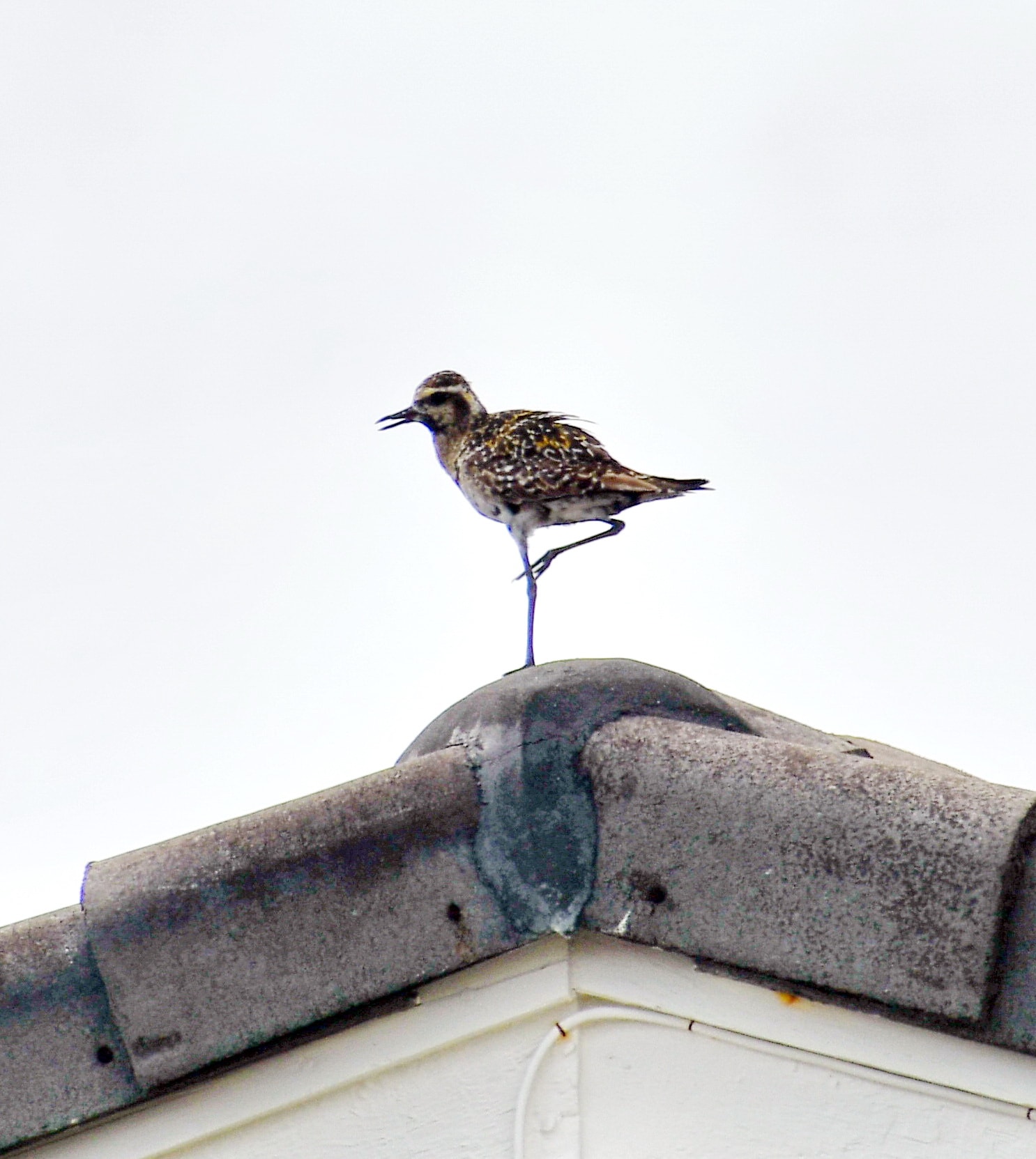
A note about the count: Kolea Count was my idea to enlist Hawaii’s plover lovers to count and record the behaviors of this amazing migratory shorebird. This project improves through questions and suggestions from community members. Thank you for your aloha in helping make this work for the birds and for the people who love them. Please keep the emails coming. Susan Scott